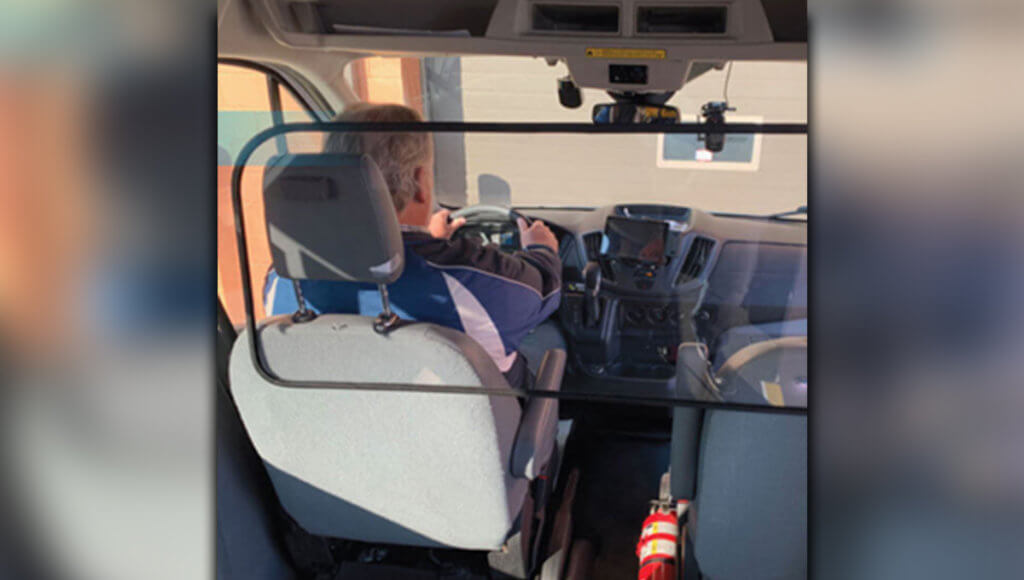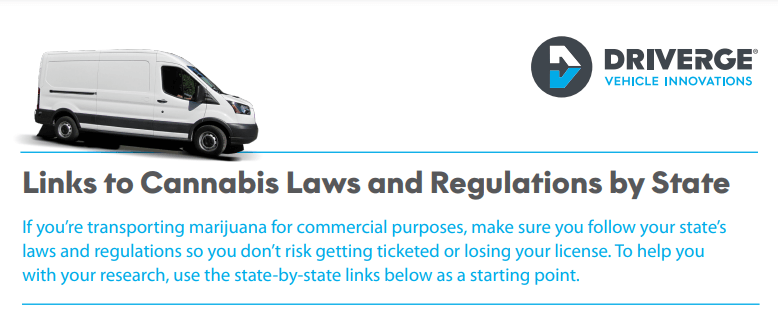An excellent article written by one of our Driverge team members was published in the latest issue of NEMT Today! Read the article below or click here to see the full issue.
The COVID-19 pandemic caused the world to pivot, and that included all those in the NEMT industry. NEMT providers were deemed as “essential” businesses, and rightfully so. This meant providers could keep their wheels rolling but needed to operate in new ways. Safety brought on a whole new meaning in an industry that is focused on keeping its passengers safe during transit.
Suddenly, a new world of masks, hand sanitizer, and keeping people distant was upon us. And now, a new President’s administration is firmly on the record with pandemic safety and vaccine deployment initiatives that will increase the impact on NEMT providers.
Most passengers on public transit stopped riding altogether. Maybe they were working from home, or maybe they felt there was too much risk in riding.
NEMT Providers Matter More Than Ever
But for those served by the NEMT industry – people who need to get to important medical care, or those in wheelchairs or assistive devices who simply need a ride to get groceries, they couldn’t just stay home. The NEMT providers were their lifeline.
Just because they had to leave the house didn’t mean they were not fearful. They wanted and deserved to feel safe all along the way.
Spur of the Moment Adaptation
Each transport company had to look for solutions, and those solutions when this all started either didn’t exist or weren’t readily available. We all had to get creative because vehicles weren’t set up for safely transporting during a pandemic.
When driver turnover happened and/or driver training was needed, in-person options were greatly reduced. Online and virtual training options were also limited or insufficient.
Fortunately, suppliers and options continued to evolve. New partitions and plexiglass shields became available to stop germs from spreading. Drivers and passengers alike wear face masks or face shields or both. Seat covers were used to put over seats to create social distancing. New virtual and video training options became available.
Some vehicles are equipped with a flexible flooring system that allow for seats to be moved or removed. These vans are able to be converted to a new seating layout with 6’ distancing automatically built in.
New vehicle options made the trip safer for all on board. But what did it do for the passenger experience?
The Human Touch Matters Most
We as humans crave interaction. We like being together. For the most vulnerable, life overall can be much more isolated and lonelier.
The ride to the doctor’s appointment may be the big social outing of the week for some people. Now they’re stepping into a vehicle where they are separated by new barriers and can’t be next to others.
So as drivers and operators of transport companies, what are we to do to improve the passenger experience? Just like our vehicles, we need to give our customer service an upgrade.
- We need to smile so big it shows through our masks.
- We need to become better listeners, especially because the masks can muffle soft voices and those difficult to understand even without a mask.
- We need to talk and communicate more effectively to break through the new physical barriers and create the caring and comfortable environment our passengers deserve.
- We need to have more patience as everyone continues to have challenges with this new “normal.”
- We need to be quick and proficient when securing wheelchairs and mobility devices.
- And as owners, we need to invest more time, effort and resources into training our people to be the best they can be to ensure all the above happens on every trip.
The passenger experience starts and ends with their interactions with the drivers and people in operations. Yes – their sense of safety and good health will be enhanced by the changes made to the vehicles. But in the end, people make the difference.



